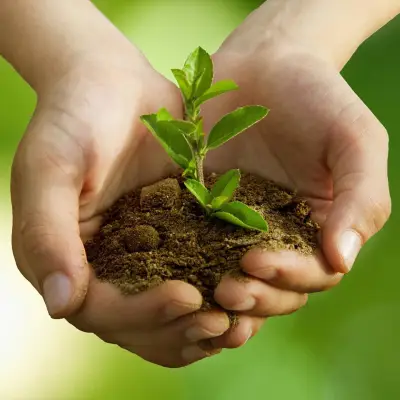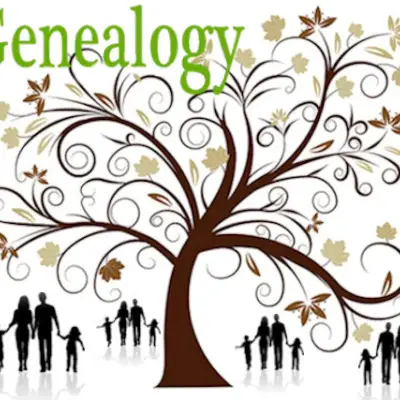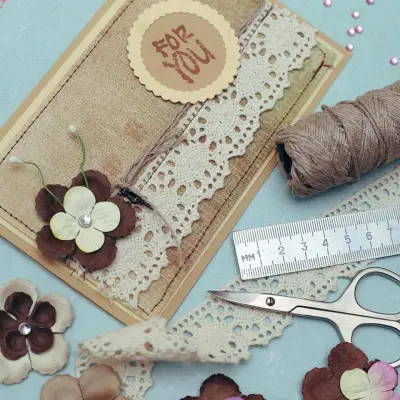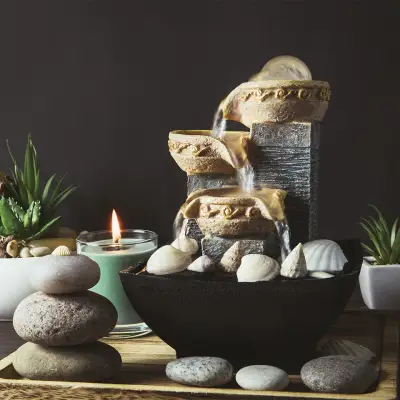Botanical Illustration provides a unique glimpse into the world of plants and flowers. In this article, we’ll explore the various techniques that botanical illustration relies upon and see how you can get started with this scientific art form.
Jump to:
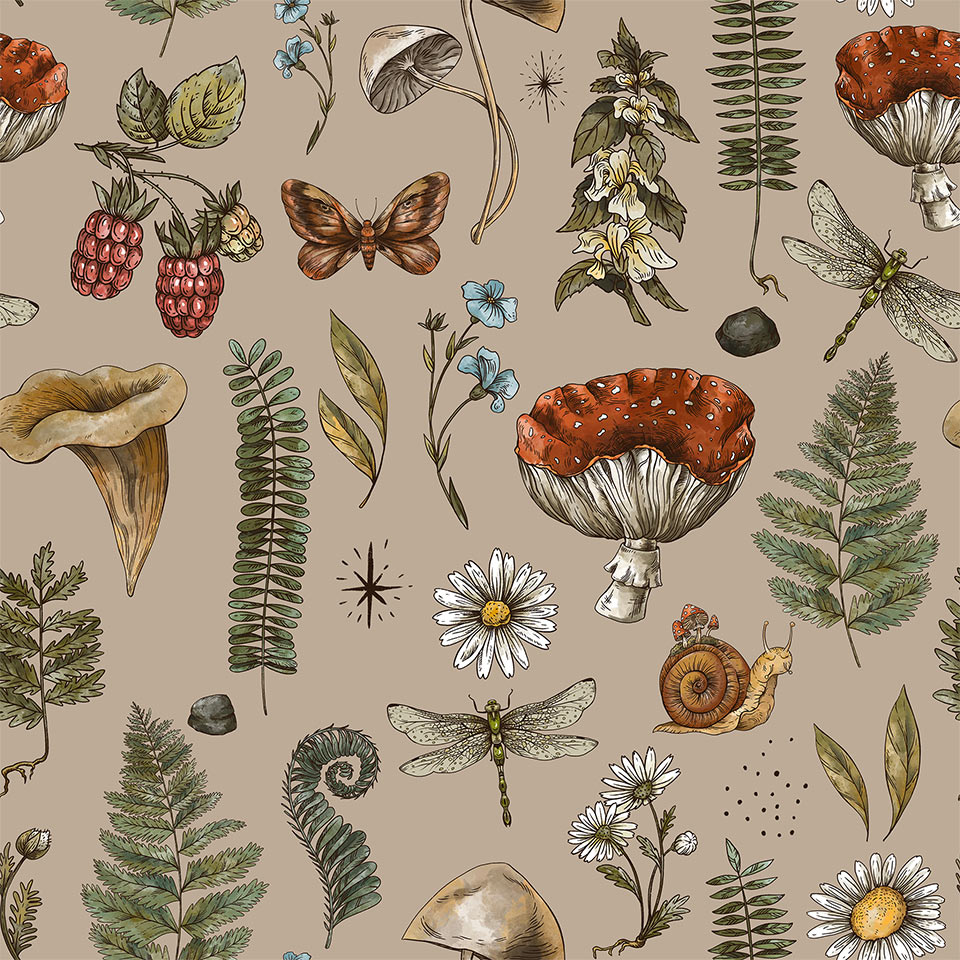
What is Botanical Illustration?
Botanical illustration is a precise and detailed art form that focuses on the accurate depiction of plants, flowers, and botanical subjects with roots in both science and art. In science, it provides visual documentation of plant species. These drawings help scientists to identify, classify, and understand the anatomy of plants. However, botanical illustrations are also prized within the art world for their aesthetic value, often gracing books, magazines, and art galleries.
The origins of botanical illustration can be traced back many centuries. One notable example is "De Materia Medica": a significant work by the Greek physician Dioscorides in the 1st century AD. This manuscript contained detailed illustrations of medicinal plants, setting a precedent for the fusion of art and science in botanical representation.
Over time, botanical illustration has evolved from simple, stylised drawings to sophisticated, scientifically informed renderings. Renaissance-era botanical illustrators like Leonhart Fuchs and Andreas Vesalius made significant contributions, emphasising the importance of accuracy in plant depiction. In the 18th and 19th centuries, botanical illustration reached new heights via the works of artists like Pierre-Joseph Redouté and John James Audubon, who respectively produced exquisitely detailed and colourful illustrations of plants and birds.
Recommended for you!
Best SellersGetting Started with Botanical Illustration
Basic tools that you’ll need
- High-Quality Paper: Select acid-free, heavyweight paper with a smooth surface. Watercolour paper or hot-pressed paper is commonly used as it absorbs watercolour and coloured pencil without warping. High-quality paper also helps your artwork to last for years without yellowing or deteriorating.
- Pencils: Use graphite pencils with varying degrees of hardness (e.g. 2H, HB, 2B, 4B, etc.) for creating precise lines and shading. Mechanical pencils can also be convenient for fine details.
- Erasers: High-quality erasers - such as kneaded erasers and precision erasers - are essential for correcting mistakes and refining details without damaging the paper.
- Brushes: Professional-grade brushes hold more pigment and provide better control. Those with fine tips and different shapes (e.g. round, flat, filbert, etc) will allow you to achieve the desired texture and fine details.
- Watercolours or Coloured Pencils: Choose professional-grade watercolour paints or coloured pencils to achieve vibrant and accurate colours. Invest in a wide range of colours to accurately represent your botanical subject.
- Magnifying Glass: A magnifying glass is useful for capturing intricate details, especially when you’re drawing small or highly detailed subjects.
If you’re a more advanced illustrator, you may want to also use colour charts to help you mix and match colours more accurately and an illuminated magnifying lamp to provide focused lighting and magnification when drawing.
Sketching and Drawing Techniques
Sketching is the foundation of every botanical illustration. It's the initial step where you lay down the basic structure of your subject. To start, lightly sketch the outline using loose, flowing lines, and avoid pressing too hard on your paper. This allows you to make adjustments as you progress and keeps your final drawing clean and uncluttered.
Focus on shapes
Break down your subject into simple shapes. For instance, a flower might be composed of circles and ovals for its petals and a tube-like shape for the centre. Start by sketching these basic shapes to establish the overall structure.
Proportion and Scale
Pay close attention to the relative sizes and positions of different parts. Measure proportions accurately by comparing one part to another. You can use a ruler or a pencil as a measuring tool to ensure that your illustration reflects the subject's actual proportions.
Details Matter!
Botanical illustrations are known for their intricate details. Study your subject closely, noting the fine lines, textures, and variations in shape. Use your pencil with varying pressures to create depth and emphasise certain details.
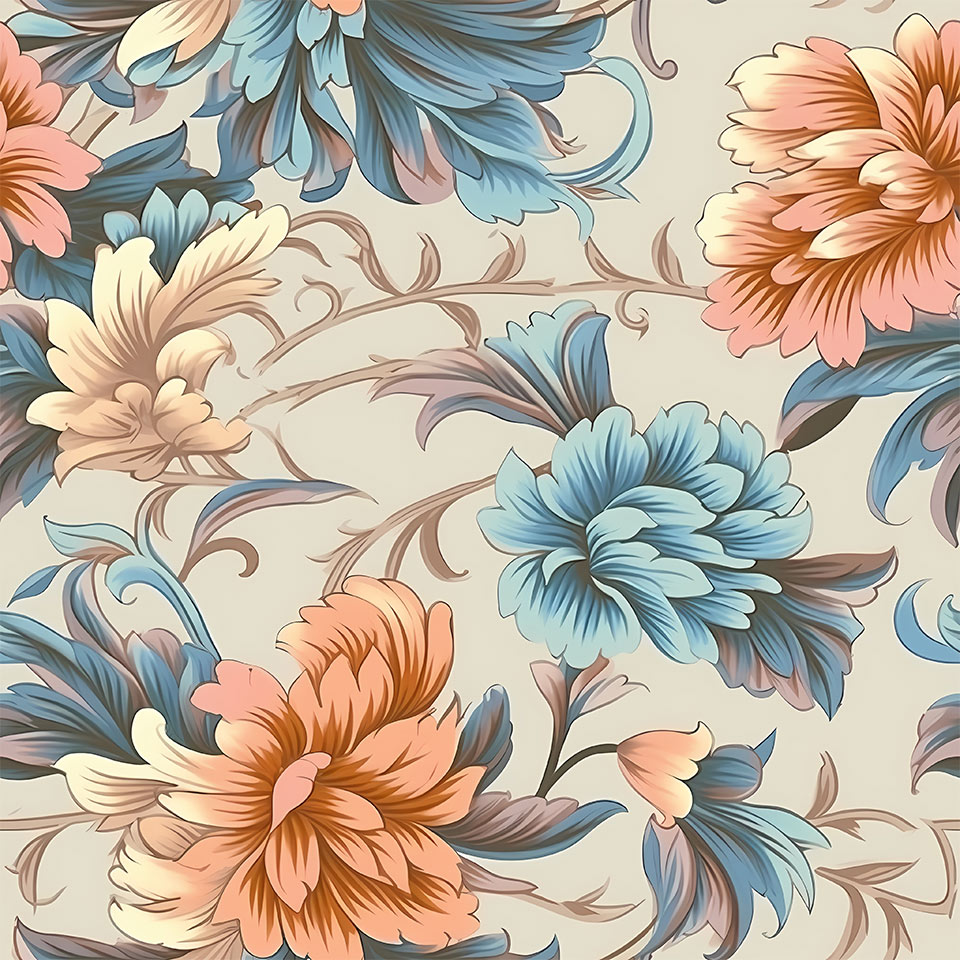
Benefits of Practising Botanical Illustration
Botanical illustration is more than just a beautiful art form and offers a range of benefits that extend beyond the canvas.
- Artistic Growth
Botanical illustration is a fantastic way to build your artistic skills! It forces you to look closely and focus on precision so that you can capture the intricate details and textures of plants.
- Mindful Engagement
This mindful practice encourages relaxation and a deeper connection with your art, demanding patience and attention to detail. As with any mindful activity, engaging in botanical illustration can ground you and focus your mind on the present moment.
- Creativity and Expression
While botanical illustrations strive for scientific accuracy, they also allow for artistic interpretation. By using various colours and mediums, you can add your own personality and creativity to each piece, making it unique to your style!
- Sharper Observation
Botanical illustration requires a keen eye for detail. As you practice, you'll learn to observe plants at a level of detail that most people overlook. This skill may even transfer into other aspects of your daily life, making you a more attentive and detail-oriented person.
- Deeper Connection with Nature
By closely studying various plants, you’ll naturally develop a closer relationship with nature and gain a greater appreciation for all of the colours, shapes and patterns that are found in the natural world.
Additionally, botanical illustration is valued by scientists and researchers due to its ability to convey information about a plant's structure, anatomy, and variations that photographs may not capture. It also helps with accurately identifying plant species, which is crucial for ecological research and conservation efforts.
Famous Botanical Illustrators
- Maria Sibylla Merian (1647-1717): Merian's work laid the foundation for modern entomology and ecology. Her meticulous illustrations of insects and plants - particularly her studies of metamorphosis - remain invaluable to science and art.
- Sydney Parkinson (1745-1771): Parkinson was the botanical illustrator aboard Captain James Cook's first voyage to the Pacific. His meticulous drawings and paintings of plant specimens introduced Western audiences to the diverse flora of the South Pacific and Australia.
- Pierre-Joseph Redouté (1759-1840): Known as the "Raphael of flowers", Redouté was a French botanical artist renowned for his exquisite watercolour illustrations of roses. His detailed, lifelike drawings captured the essence of the subjects and graced some of the most elegant botanical publications of his time.
- Ellsworth Paine Killip (1890-1968): An American botanist and illustrator, Killip's work focused on the flora of South America. His illustrations, featured in many botanical publications, were instrumental in identifying and classifying plant species in the Andes.
- Beatrix Potter (1866-1943): Widely known for her children's books, Beatrix was also a skilled mycologist and botanical illustrator. Her scientific contributions included illustrating fungi and lichen, and her work is still referenced by mycologists today.
- John James Audubon (1785-1851): Although he’s best known for his ornithological works, Audubon's skill when capturing the avian world extended to botanical illustration. His contributions to "The Birds of America" and "The Viviparous Quadrupeds of North America" showcase his talent for detail and precision.
- Margaret Mee (1909-1988): Margaret Mee was a British botanical artist and was celebrated for her dedication to documenting the flora of the Amazon rainforest. Her illustrations and writings drew attention to the region's biodiversity and the need for its conservation.
- Marianne North (1830-1890): Marianne’s botanical illustrations documented the plant life she encountered during her extensive journeys around the world. Her work is preserved at the Marianne North Gallery at Kew Gardens in London.
If you're eager to embark on your own botanical illustration journey, consider enrolling on our accredited Botanical Illustration Diploma Course, available for only £37 (save £110!). Unlock the secrets of this exquisite art form, deepen your appreciation for the natural world, and discover the joy of botanical illustration today!



